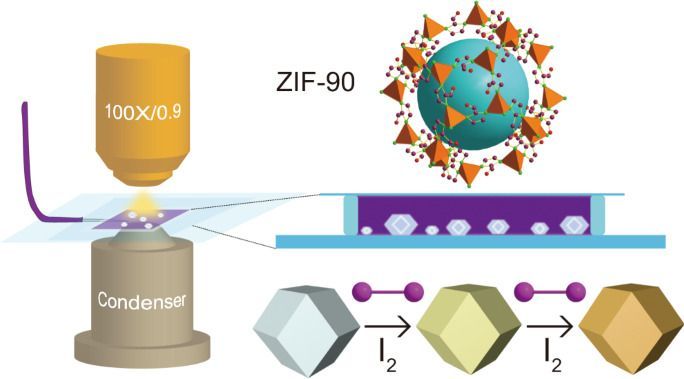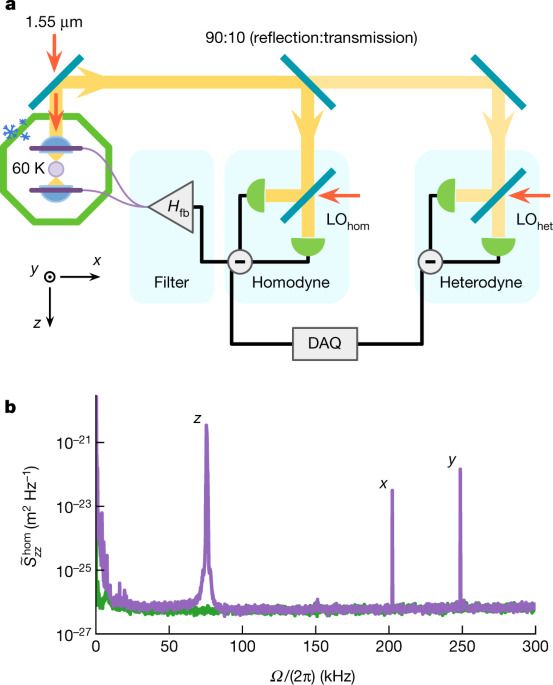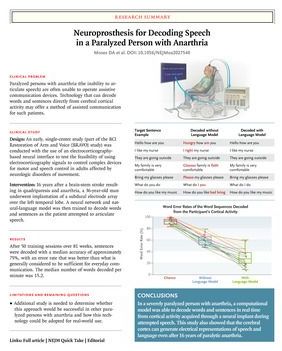Developed with ford performance, this ev gets some air and annihilates the quarter mile.





Original Article from The New England Journal of Medicine — Neuroprosthesis for Decoding Speech in a Paralyzed Person with Anarthria.
Dr. Moses, Mr. Metzger, and Ms. Liu contributed equally to this article.
A data sharing statement provided by the authors is available with the full text of this article at NEJM.org.
We thank the study participant “Bravo-1” for his dedication and commitment; the members of Karunesh Ganguly’s laboratory for help with the clinical study; Mark Chevillet, Emily Mugler, Ruben Sethi, and Stephanie Thacker for support and feedback; Nick Halper and Kian Torab for hardware technical support; Mariann Ward for clinical nursing support; Matthew Leonard, Heather Dawes, and Ilona Garner for feedback on an earlier version of the manuscript; Viv Her for administrative support; Kenneth Probst for illustrating an earlier version of Figure 1; Todd Dubnicoff for video editing; and the participant’s caregivers for logistic support.


An asteroid about as long as the Great Pyramid of Giza is tall will make a “close” approach with Earth on Sunday (July 25), according to NASA calculations.
There is no worry that the space rock poses any threat to Earth, but NASA monitors such rocks to both learn more about the early solar system — asteroids are rocky fragments from that time — and because if their orbits were to change, the asteroid could pose a future risk to Earth.
A collaboration between documentary filmmaker Neil Halloran and Nobel Peace Prize — Research and Information, this short data-driven film simulates a nuclear blast in a major city in order to tally the estimated deaths that would result. Using data from leading researchers and highlighting present day technology developments, the film illustrates the very real danger nuclear weapons still pose to humanity and life on Earth.

3D Printing is gaining more momentum and popularity than ever! Designers and architects all over the world are now adopting 3D Printing for the creation of almost all types of products and structures. It’s a technique that is being widely utilized in product design, owing to its simple and innovative nature. But designers aren’t employing 3D printing only to create basic models, they’re utilizing this technique in mind-blowing ways as well! From 3D printed artificial coral reefs to a menacing two-wheeler design with 3D printed bodywork, the scope of this dependable technique is unlimited! Dive into this collection of humble yet groundbreaking 3D printed designs!

“Continents are sort of like icebergs,” says study author Keith Klepeis, a structural geologist at the University of Vermont. “What you see at the surface is not really the full extent of the beast.”
The discovery, described in the journal Geology, may help solve a riddle that’s long perplexed scientists. Most continents contain a core of rock known as a craton, a sort of geologic nucleus at least a billion years old that acts like a stable base upon which continents build. Until now, though, the oldest continental crust found on Zealandia was dated to roughly 500 million years ago—relatively youthful in geologic terms. So if Zealandia is a continent, why did its craton seem to be missing?
This newfound fragment of ancient rock may be part of the missing piece for Zealandia. The discovery “ticks the final box,” Turnbull says. “We are sitting on a continent.”
The renowned Mexican architect Miguel Ángel Aragonés presented ten years of research materialized in his most recent project entitled “Casa PI” whose acronym translates to a new “intelligent prefabricated” construction project. Patented in Switzerland, this system seeks to break the housing paradigm from an integral design that combines the structure of the house with the furniture and new automation technologies in architecture.
The origin of this innovation stems from the idea of creating a modular constructive system that was sustainable, in high quality, that would accelerate construction times, improve acoustic and thermal performance, as well as reduce construction costs and waste. It is based on implementing the technology, we currently live every day with, in an integral design (since conventional homes have had to adapt to these advances through facilities that hinder the design). However, “Casa PI” seeks to start from scratch by serving as a pavilion that shows the advances of this specific moment in history by offering a “piece of furniture to live in” that consumes as little energy as possible.
PI is a structure that works both vertically (as a column), horizontally (as a lock or chain), or mixed, and to which additional pieces are attached to integrate the final configuration. This modular construction system optimizes resources and reduces waste. The walls, based on overlapping paneling, are the final finish that covers the layers of thermal and acoustic insulation. The electrical and hydraulic installations are designed by means of screw-in and plug-in connections that avoid the work of welding and complicated connections. It guarantees the highest constructive quality in record time, providing a range of direct benefits: it does not require painting, waterproofing, or anti-corrosion coatings. It allows the adaptation of a thermal-acoustic system that reduces energy consumption to achieve an optimal level of comfort, whether or not, a central air conditioning system is used.